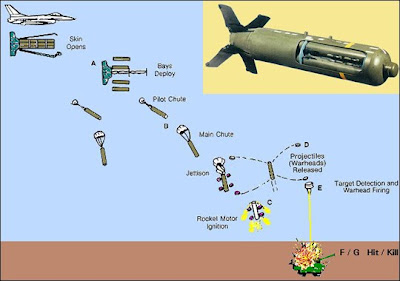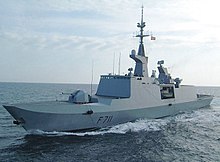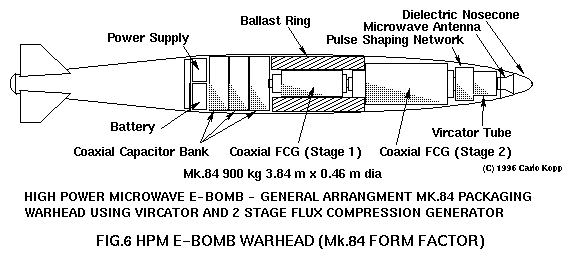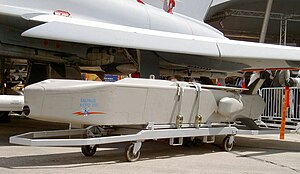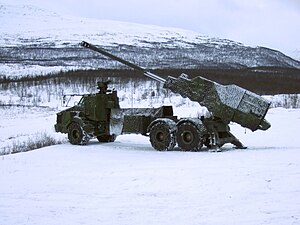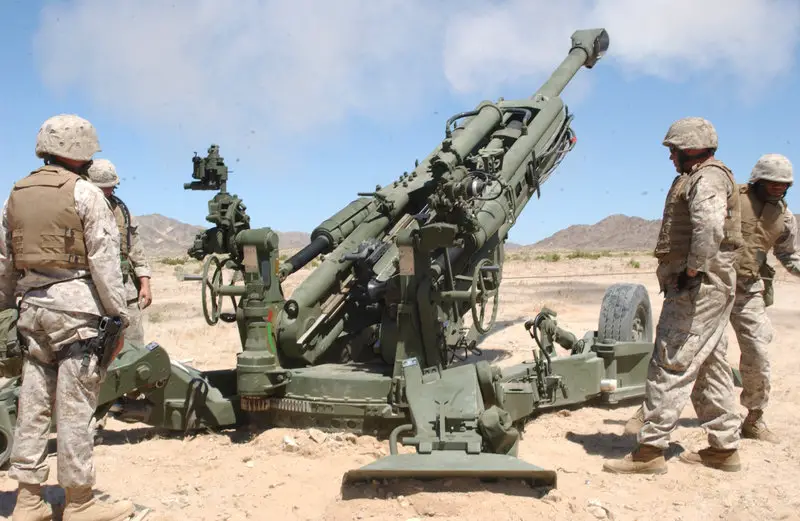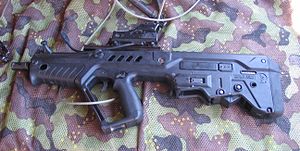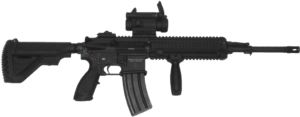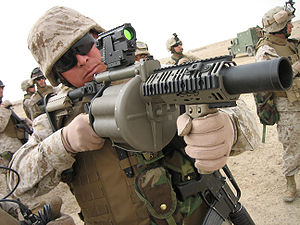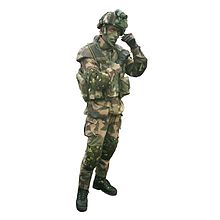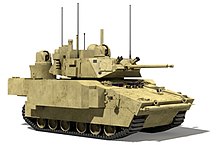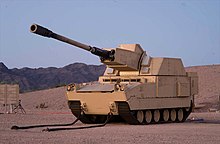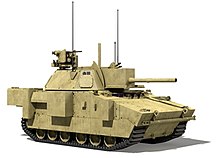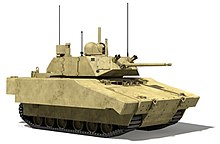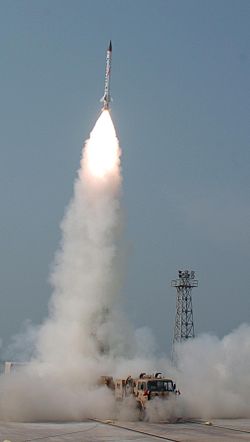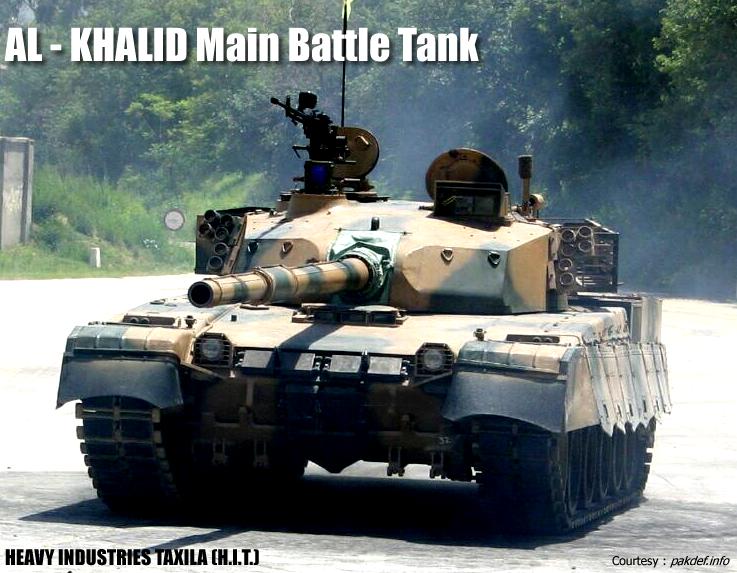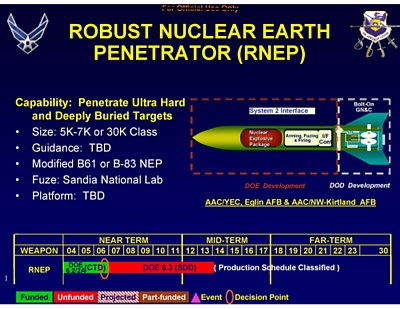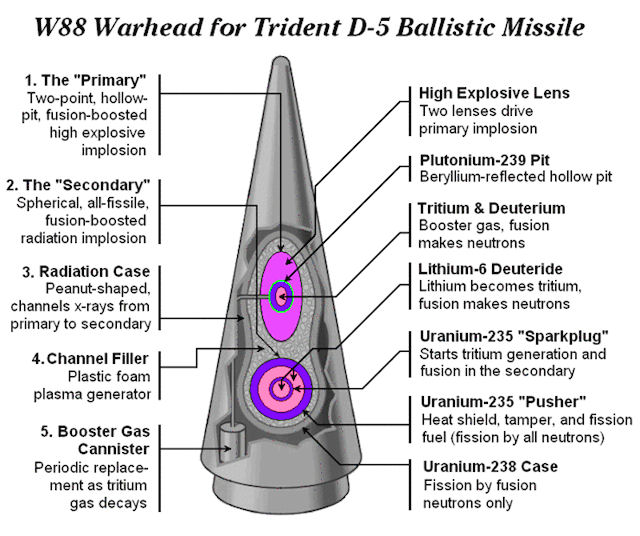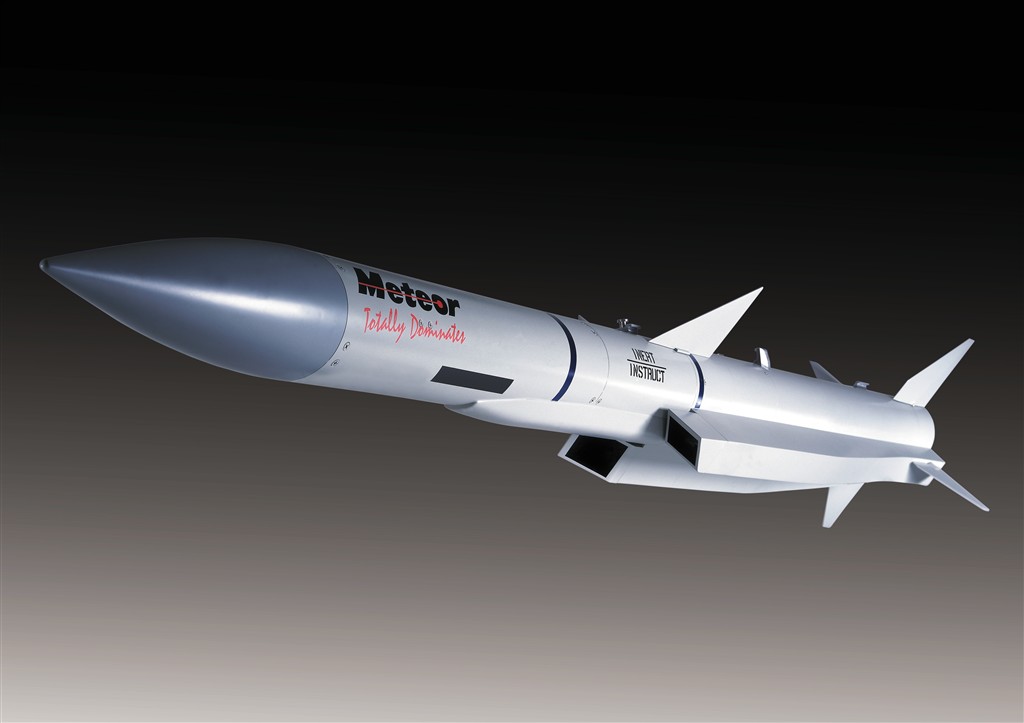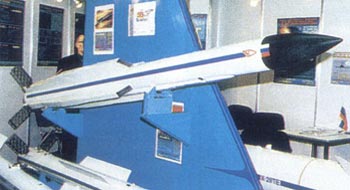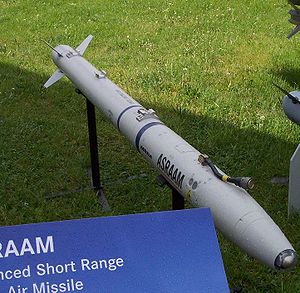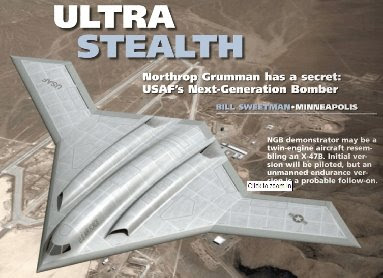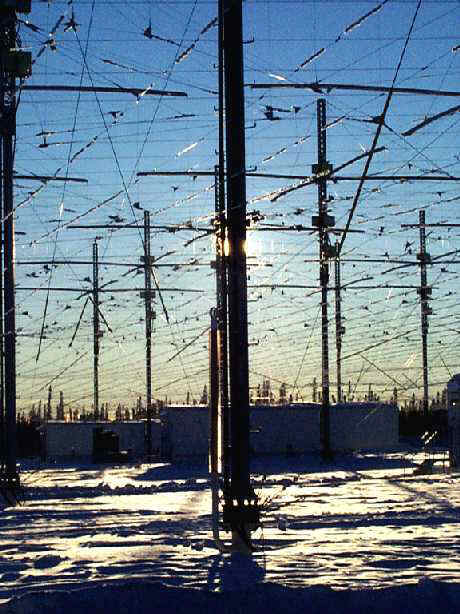DrSomnath999
SENIOR MEMBER

- Joined
- Sep 1, 2011
- Messages
- 2,428
- Reaction score
- 4
- Country
- Location
NUMBER10: Electromagnetic Railgun

Developer: U.S. Navy
What it is: It may not look like much now, but it is actually the first working step in the U.S. Navy’s quest to develop a weapon that can expel a projectile at nearly Mach 8 -- eight times the speed of sound. It doesn't use explosive energy, instead it creates an electromagnetic field that currently creates an eight-megajoule force, and by 2017 the operational power will be an awe-inspiring 5,000 mph. You could cover the range of an entire battlefield with one offshore weapon. These weapons don’t even need warheads in some cases.
What it does: Electrical magnetic energy is generated by the high voltage in a giant bank of flux capacitors that send electrical energy across upper and lower rails of pre-stressed steel bolts, creating a charge that has enough kinetic energy power to reach unbelievable speeds.
Why war needs it: The Navy’s new Electromagnetic rail gun could potentially end wars faster without delivering as lethal a payload as a nuclear bomb. It could also protect more soldiers on the ground without spreading resources too thin, since it can cover such a wide area of land.
Active duty: The Navy will begin testing a working prototype that is four times faster than the current eight-megajoule model. The navy plans to equip their next generation of electrically powered ships with these rail guns by 2020.
An Explosive Future
In the wrong hands, these weapons could pick entire civilizations clean, but thankfully when used with striking precision and tactical strategy these weapons mean more of the good guys survive, while all that evil never stands a chance.
NUMBER 9: FGFA

US F22 RAPTOR, RUSSIA & INDIA- PAKFA, CHINA J-20

JSF
A fifth-generation jet fighter is a fighter aircraft classification used in the United States encompassing the most advanced generation of fighter aircraft. Fifth-generation aircraft are the most advanced as of 2011, designed to incorporate numerous technological advancements over the class similarly dubbed fourth generation, including all-aspect stealth even when armed, Low Probability of Intercept Radar (LPIR), high-performance air frames, advanced avionics features, and highly integrated computer systems capable of networking with other elements within the theater of war in order to achieve an advantage in situational awareness. The only currently combat-ready fifth-generation fighter, the Lockheed Martin F-22 Raptor, entered service with the U.S. Air Force in 2005.
F22 RAPTOR: ADV-1.BETTER COMPOSITES & STEALTH. 2.UNRIVALED AVIONICS & SENSORS DIS ADV-1.COSTLY & EXPENSIVE
JSF : ADV 1.ECONOMICAL THAN F22 2.HIGHLY NETWORK CENTRIC PLATFORM DISADV-1.INFERIOR STEALTH TO F22
PAKFA-ADV-1ECONOMICAL 2.POWERFUL RADAR 3.ULTRA LONG RANGE WEAPONS PACKAGE DIS ADV-1 POOR STEALTH & LESSER COMPOSITES 2.INFERIOR AVIONICS THAN F22
J20 ADV-1BETTER STEALTH THAN PAK FA,DISADV-1CHINESE AVIONICS & WEAPONS 2-NO SUPERCRUISE ENGINE & MORE HEAT SIGNATURES
NUMBER 8:UCAVS
(i)US: X45
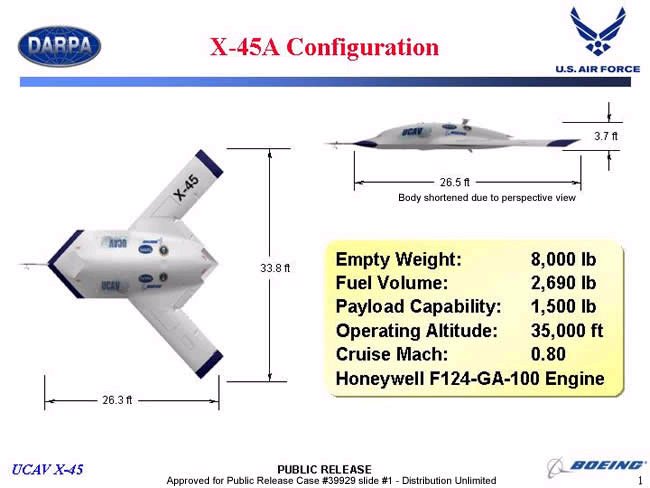
(II)INDIA: AURA

(iii)CHINA :Anjian (some suggest it is dead project)
CH3

(iv)EUROPE :EURON

(v)BAE :Taranis
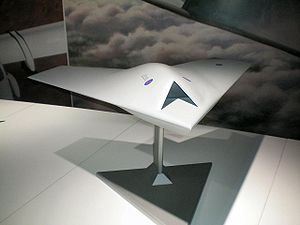
The Northrop Grumman X-47B is a demonstration Unmanned Combat Aerial Vehicle. The X-47 began as part of DARPA's J-UCAS program, and is now part of the United States Navy's UCAS-D (Unmanned Combat Air System Demonstration) program to create a carrier-based unmanned aircraft. Unlike the Boeing X-45, initial X-47A Pegasus development was company-funded. The original vehicle carries the designation X-47A Pegasus, while the follow-on naval version is designated X-47B.
The USAF envisioned that J-UCAS will feature:
Stores pylons on the wings for external fuel tanks or additional munitions.
Mid-air refueling capability.
A narrow field-of-view SAR-MTI system for targeting and post-strike damage assessment.
The Navy is interested in many of the features on the Air Force wish list, though the Navy has put reconnaissance and jamming at the top of the list and strike at the bottom.

Developer: U.S. Navy
What it is: It may not look like much now, but it is actually the first working step in the U.S. Navy’s quest to develop a weapon that can expel a projectile at nearly Mach 8 -- eight times the speed of sound. It doesn't use explosive energy, instead it creates an electromagnetic field that currently creates an eight-megajoule force, and by 2017 the operational power will be an awe-inspiring 5,000 mph. You could cover the range of an entire battlefield with one offshore weapon. These weapons don’t even need warheads in some cases.
What it does: Electrical magnetic energy is generated by the high voltage in a giant bank of flux capacitors that send electrical energy across upper and lower rails of pre-stressed steel bolts, creating a charge that has enough kinetic energy power to reach unbelievable speeds.
Why war needs it: The Navy’s new Electromagnetic rail gun could potentially end wars faster without delivering as lethal a payload as a nuclear bomb. It could also protect more soldiers on the ground without spreading resources too thin, since it can cover such a wide area of land.
Active duty: The Navy will begin testing a working prototype that is four times faster than the current eight-megajoule model. The navy plans to equip their next generation of electrically powered ships with these rail guns by 2020.
An Explosive Future
In the wrong hands, these weapons could pick entire civilizations clean, but thankfully when used with striking precision and tactical strategy these weapons mean more of the good guys survive, while all that evil never stands a chance.
NUMBER 9: FGFA

US F22 RAPTOR, RUSSIA & INDIA- PAKFA, CHINA J-20
JSF
A fifth-generation jet fighter is a fighter aircraft classification used in the United States encompassing the most advanced generation of fighter aircraft. Fifth-generation aircraft are the most advanced as of 2011, designed to incorporate numerous technological advancements over the class similarly dubbed fourth generation, including all-aspect stealth even when armed, Low Probability of Intercept Radar (LPIR), high-performance air frames, advanced avionics features, and highly integrated computer systems capable of networking with other elements within the theater of war in order to achieve an advantage in situational awareness. The only currently combat-ready fifth-generation fighter, the Lockheed Martin F-22 Raptor, entered service with the U.S. Air Force in 2005.
F22 RAPTOR: ADV-1.BETTER COMPOSITES & STEALTH. 2.UNRIVALED AVIONICS & SENSORS DIS ADV-1.COSTLY & EXPENSIVE
JSF : ADV 1.ECONOMICAL THAN F22 2.HIGHLY NETWORK CENTRIC PLATFORM DISADV-1.INFERIOR STEALTH TO F22
PAKFA-ADV-1ECONOMICAL 2.POWERFUL RADAR 3.ULTRA LONG RANGE WEAPONS PACKAGE DIS ADV-1 POOR STEALTH & LESSER COMPOSITES 2.INFERIOR AVIONICS THAN F22
J20 ADV-1BETTER STEALTH THAN PAK FA,DISADV-1CHINESE AVIONICS & WEAPONS 2-NO SUPERCRUISE ENGINE & MORE HEAT SIGNATURES
NUMBER 8:UCAVS
(i)US: X45

(II)INDIA: AURA
(iii)CHINA :Anjian (some suggest it is dead project)
CH3

(iv)EUROPE :EURON

(v)BAE :Taranis
The Northrop Grumman X-47B is a demonstration Unmanned Combat Aerial Vehicle. The X-47 began as part of DARPA's J-UCAS program, and is now part of the United States Navy's UCAS-D (Unmanned Combat Air System Demonstration) program to create a carrier-based unmanned aircraft. Unlike the Boeing X-45, initial X-47A Pegasus development was company-funded. The original vehicle carries the designation X-47A Pegasus, while the follow-on naval version is designated X-47B.
The USAF envisioned that J-UCAS will feature:
Stores pylons on the wings for external fuel tanks or additional munitions.
Mid-air refueling capability.
A narrow field-of-view SAR-MTI system for targeting and post-strike damage assessment.
The Navy is interested in many of the features on the Air Force wish list, though the Navy has put reconnaissance and jamming at the top of the list and strike at the bottom.

